
Sending more of your products to market is a crucial aspect of satisfying rising customer demand. Producing such extra commodities is sometimes as simple as adding more shifts to production or working more fields. However, those extra commodities cause further problems in the supply chain.
In that situation, one approach to the space problem is strategic cube utilization in the warehouse, which entails utilizing both the vertical and length and breadth spaces of your storage rooms. Vertical stacking and other cube usage strategies significantly enhance available space in a warehouse without the expenditure of a new building or the inconvenience of shutting down a warehouse. This can be accomplished in a variety of ways.
Cube utilization is the percentage of overall available warehouse space that is actually utilized. Cube utilization is represented as a percentage ranging from 0% which is poor to 100% which is excellent. You achieve 100% warehouse cube utilization when you have filled every available place in your warehouse with goods. Cube utilization is also applied to various storage locations, like a transportation trailer. A fully loaded trailer will be called “cubed out”, with a 100% cube utilization.
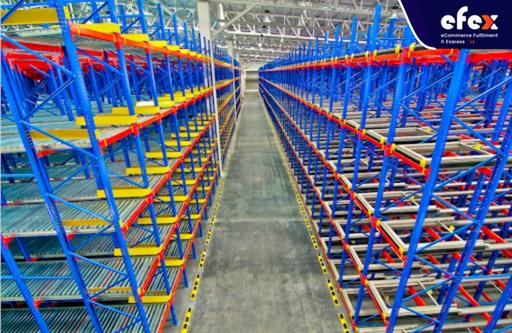
Cube usage may also be one of the key performance indicators that you track to assess the warehouse’s performance over time. Similarly, when you prepare for seasonal operations and waves of merchandise travel through the warehouse in accordance with sales activities, you may wish to know the present cube usage or the expected cube utilization.
When evaluating warehouse capacity, the Maximum Space Available is not a direct assessment of the warehouse’s total volume, which means that no one would seek to totally fill a warehouse with boxes since it will make retrieving stuff difficult.
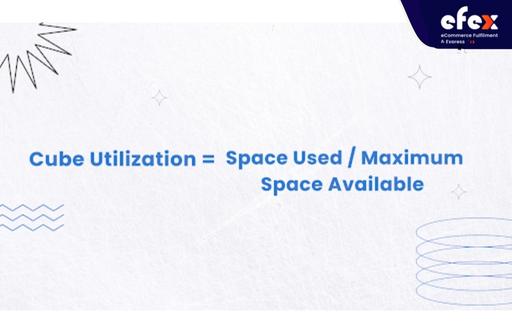
Access paths must be provided in warehouses for conveyors, fork trucks, and workers to access the stored objects. The volume of space occupied by aisleways is not included in the Maximum Space Available calculation. Hence, the Maximum Space Available factor solely considers the warehouse’s available and reserved storage spots.
A warehouse can feature a complex racking system that enables boxes and pallets to be placed off the floor at numerous levels. This allows the warehouse to enhance the volume of the objects it stores, essentially multiplying the Maximum Space Available. Space Used is a measurement of the utilization of all available storage places across all warehouse racking levels. This factor is derived by first counting your inventory and then calculating how much of the available storage locations are currently holding merchandise in the form of boxes or pallets.
One of the outcomes of a whole warehouse to effectively execute the inventory counting process will be cube usage. It is also possible that it is provided as a report from your warehouse management system. Ware drones are an efficient method to count and track your goods in real-time. Drones may fly around across the warehouse, assessing the items at each inventory location and racking level.
Ware drones can now identify how many available pallets spots a pallet occupies by showing you empty locations versus occupied ones. In the coming years, this technology will be capable of determining how much space a pallet occupies within a given pallet location, allowing for the optimization of inventory placement.
There are several ways to make better use of your warehouse space.
Stacking loaded pallets on top of other loaded pallets is the most basic way of cube usage in a warehouse. Some products, such as canned foods, can readily withstand the added weight. Though, this strategy is very dependent on product stability and strength and is not always a choice.
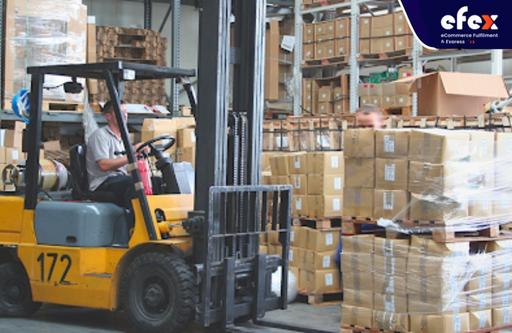
A pallet rack raises a pallet above ground level, enabling a pallet for more pallet placements in a warehouse. Pallet racks are typically bolt-together structures that may be built rapidly to minimize downtime in a warehouse. Nonetheless, when the vertical height of racks grows, installing and retrieving merchandise might become difficult.
👉 Read More: Carton Flow Rack Systems: Divider, Dimensions
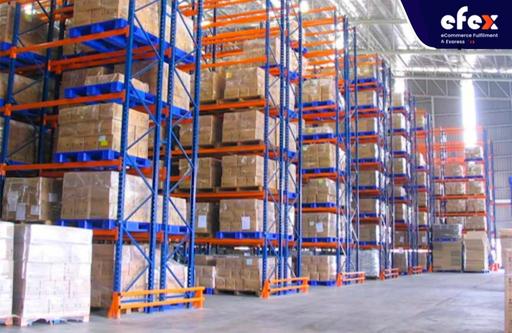
An Automated Storage and Retrieval System (ASRS) increases cube occupancy both vertically and horizontally in the warehouse. Fully mechanical load retrieval methods require less room to reach inventory, allowing aisles to be smaller and reducing the regions that vehicles must visit.
👉 Read More: Cis Vs Ccd Scanning Technology: Definition And Benefits
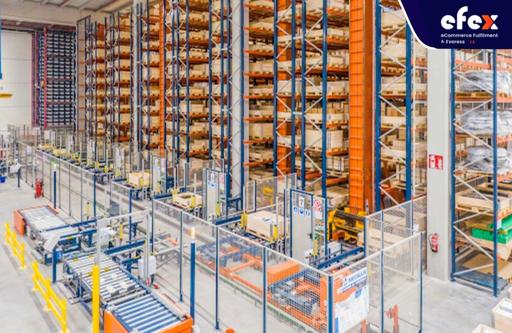
Before using one of these methods to increase cube usage, assess the sort of items being processed and if they are suitable for the approach under consideration. If you are transporting high-strength items such as packaged beverages and canned food that can withstand the weight of a filled pallet without being damaged, stacking pallets is a great way to go.
More fragile commodities may necessitate the installation of a pallet rack in order to maximize vertical space in the warehouse. Automated systems provide virtually endless cube usage in the warehouse, but they need fully balanced and packed loads to function properly. This takes us to one of the most difficult aspects of cube usage which are employee and product safety.
The main challenge of effectively utilizing cubes is that employing vertical space adds a whole new dimension wherein things might be incorrect. Operations grow somehow more challenging, with possible problems rising higher and becoming more harder to notice and handle. The height also increases the probability that if something goes wrong, merchandise will be lost or staff will be injured.
Therefore, every warehouse that uses racking, automated storage systems, or stacking should guarantee that every aspect of the warehouse inventory management is as long-lasting and dependable.
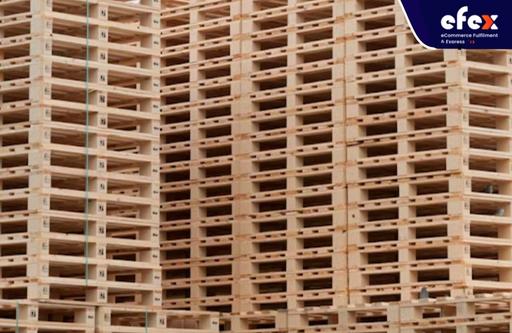
Wood pallets used to store merchandise are one of the more prevalent causes of difficulties in warehouses, especially in automated systems. Woodblock platforms have various flaws that are exacerbated when stored vertically, including:
Because of the drawbacks of wood pallets, cube usage is more challenging. In reality, stacking heavy wood pallets without a rack may be impossible. Reusable wood block pallets without a full bottom deck are frequently incapable of providing appropriate support when stacked in this manner. Racks are prone to breaking and splintering, which can be dangerous in an ASRS when valuable gear is at stake.
A more robust platform is a critical starting point for companies wishing to drastically boost warehouse efficiency by leveraging vertical space. Besides, a high-quality plastic pallet provides the dependability required for cube use. A plastic platform will stay unchanged and flex rather than shatter even when subjected to serve handling, which is critical when working with thousand-pound cargo high above the warehouse floor.
Plastic pallets are perfect for ASRS use since they do not shed wood waste or nails, block tracks, or become entangled in machines. Plastic’s non-absorbent surface also makes it easy to clean and sterilize between travels, making it suitable for warehouses that store sensitive drugs or food vertically. Plastic platforms are also extremely durable, enabling tighter cube usage constraints.
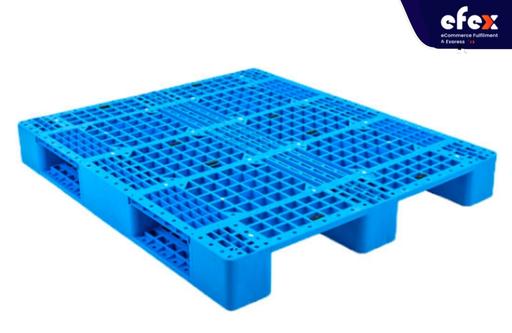
All of this strength and dependability comes at a lower weight than wood pallets, allowing businesses to decrease wear and tear on their machinery, whether it is controlled by computers or an experienced warehouseman. Plastic pallets’ constant, lightweight enables businesses to reduce transportation costs by providing less room for weight variances and shipping more cargo n each shipment. Because of this confluence of forces, plastic pallets are the only genuinely viable option for warehouses aiming to enhance cube use to save money and boost productivity.
Businesses have increased targeting unused space within containers. For instance, consumer packets in dry goods are becoming increasingly small. More consumer packages can fit into the same shipping container with higher density, or the shipping container can be scaled down.
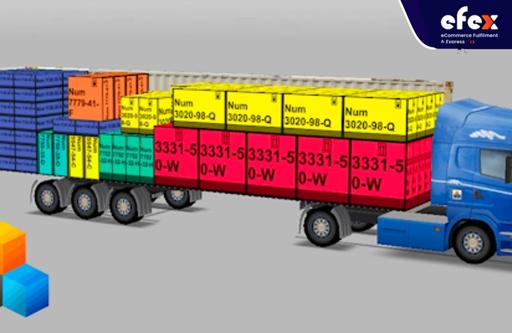
Another strategy for increasing cube use is to distribute products in bulk to minimize packaging, like the developing industry of shipping wine to restaurants in kegs to reduce the need for bottles. Finding the perfect fit is especially important when it comes to perishables.
To improve storage density, storage facilities utilize complex racking systems, which is an important part of warehouse cube usage. Nonetheless, if fresh produce unit loads or pallets are leaning or unstable, they cannot be put into such systems. Businesses often develop backup methods to cope with non-conformance pallets over time, acknowledging inefficiency as a price of doing business. Damaged pallets must be manually restacked or kept in temporary locations, both of which are unsatisfactory alternatives.
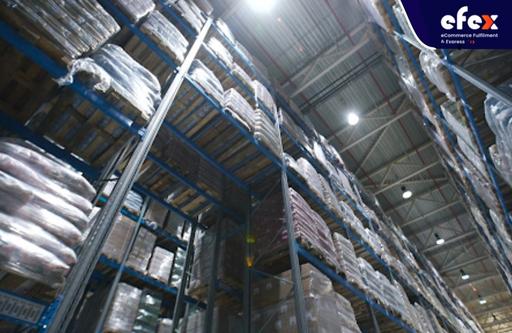
But when using RPCs, product pallets remain sturdy, allowing racking systems to work exactly as specified. Furthermore, RPCs allow product pallets to be safely double stacked, providing an additional chance to increase floor space and store merchandise more effectively. RPCs provide an additional advantage on the loading dock. Because pickers may safely create higher pallets (more containers per pallet), there are fewer total pallets to be produced and staged for loading, which is great news in the warehouse’s busiest area.
As previously stated, order pickers’ capacity to generate stable loads to maximum height implies fewer pallets must be delivered. This is a significant benefit for retail deliveries. The removal of pallet overhang guarantees that cargoes fit into the trailer as intended with no pallets left behind. Improved trailer cube use may quickly translate into fewer outgoing loads for retail delivery, and also fewer pallets to unload at each stop. The savings can soon accumulate.

Cube utilization plays an important role in warehouse management. Vertical stacking and other cube usage strategies greatly increase available space in your warehouse, saving your money and increasing efficiency. Moreover, tracking cube utilization helps you to monitor the operation of your warehouse over time and provides critical indicators for planning for seasonal variations. Hope you have a good time with Efex.
